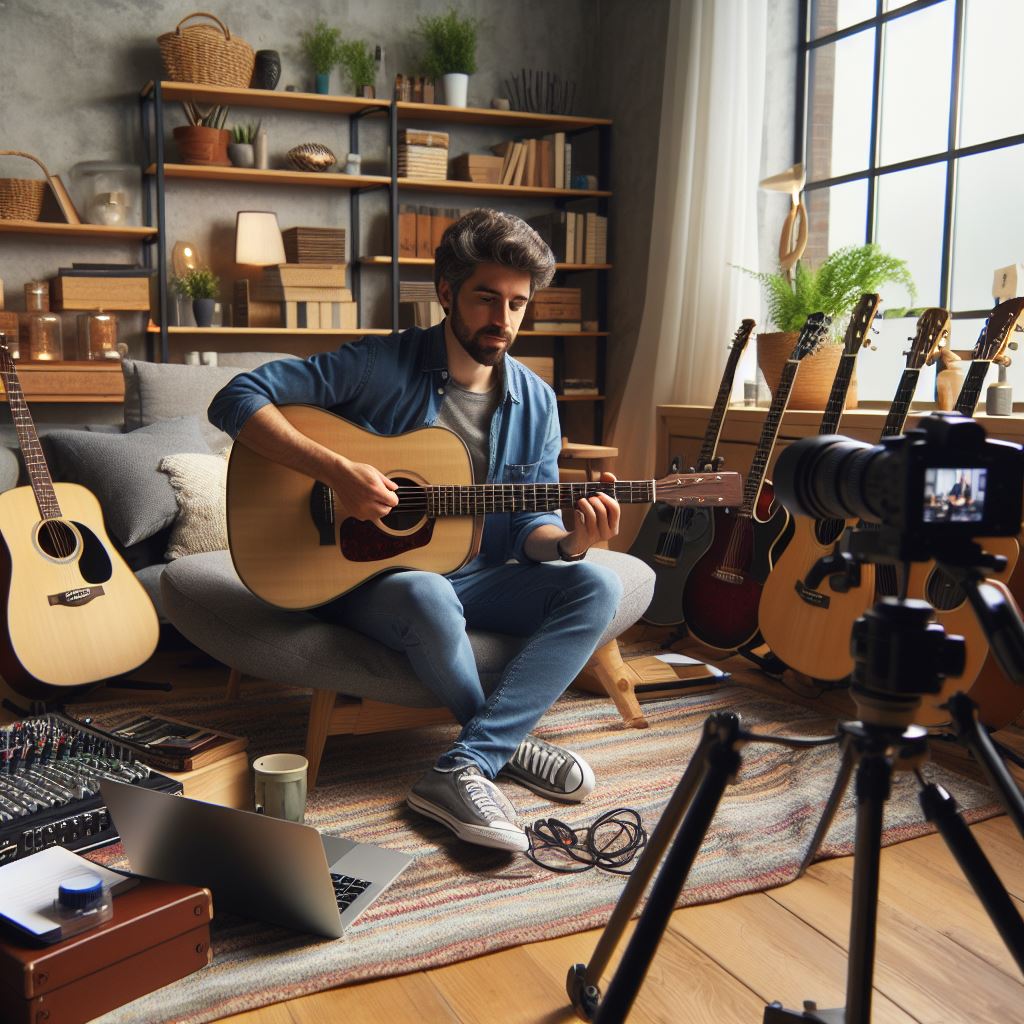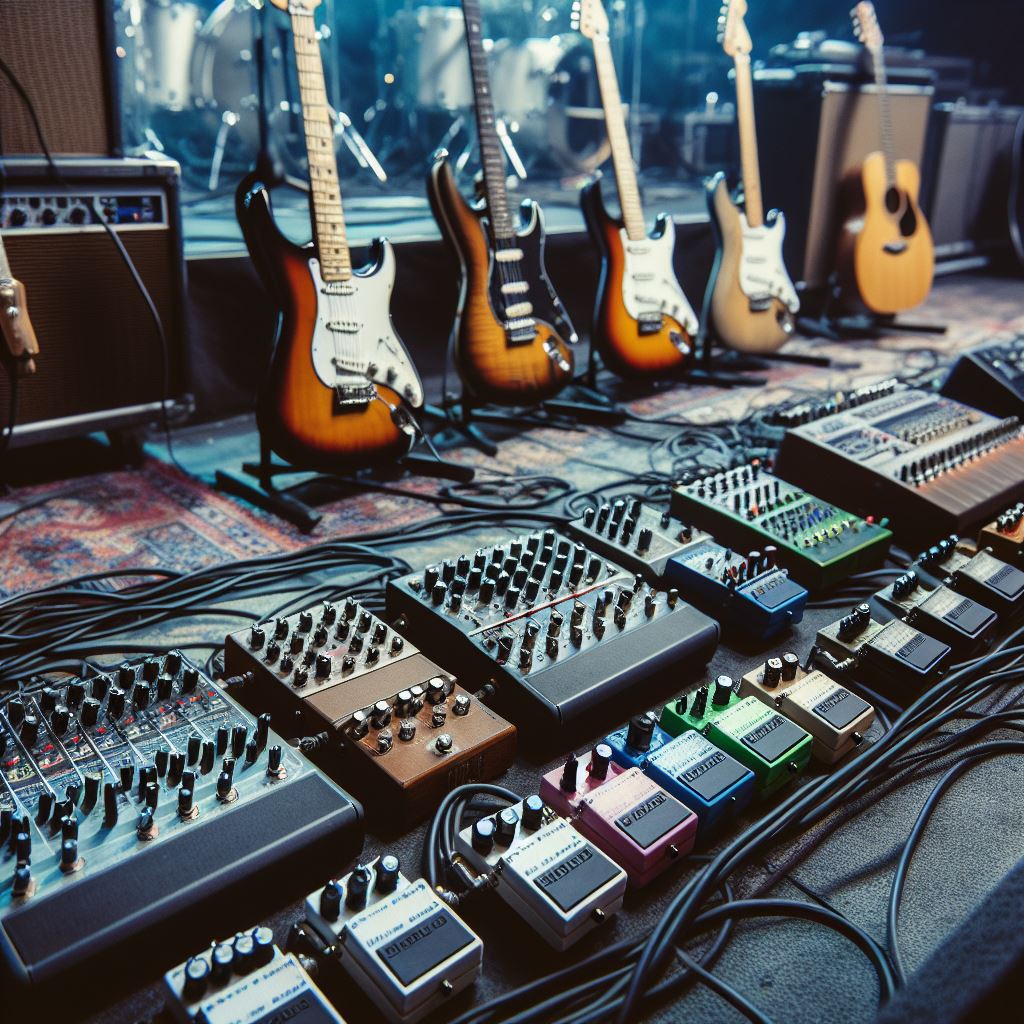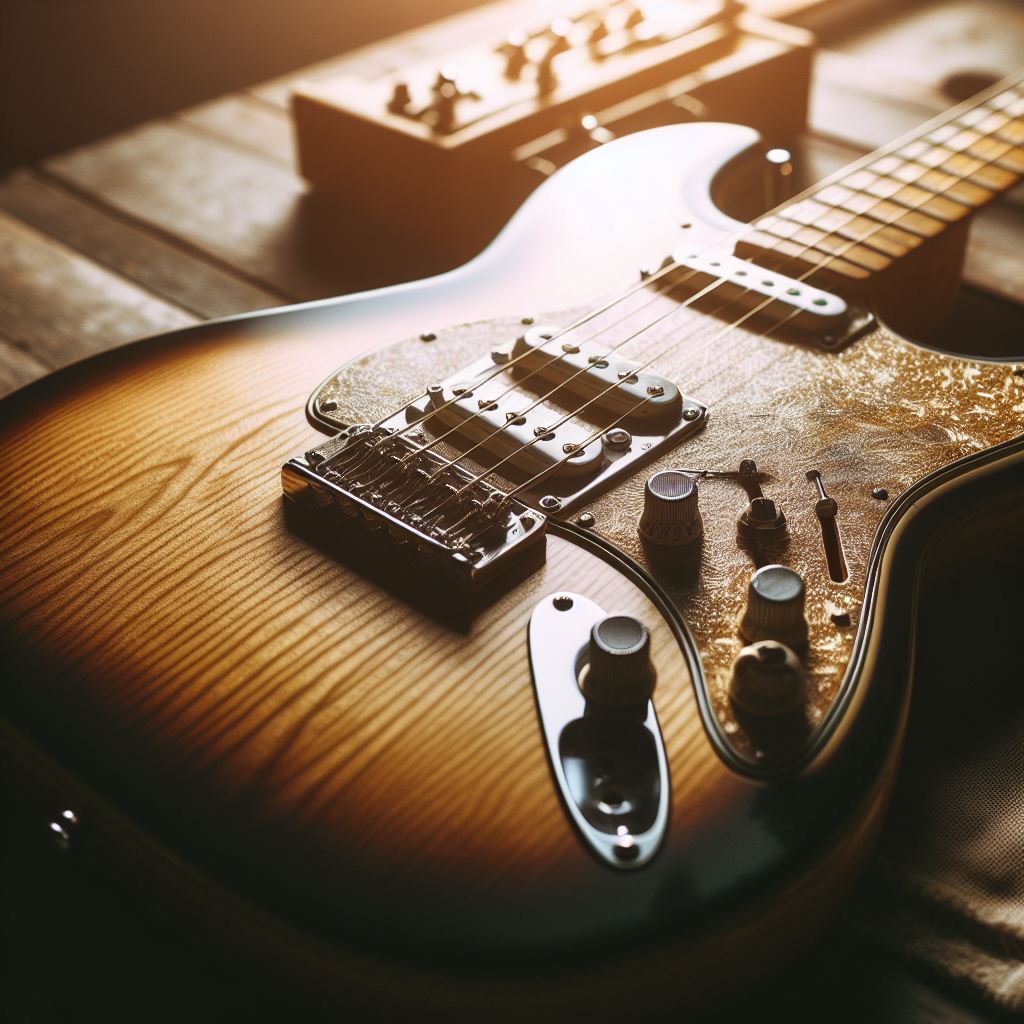Welcome to the fascinating world of lap guitar playing! Whether you’re a seasoned guitarist or just starting out, learning to play the guitar on your lap opens up a whole new realm of musical possibilities. Unlike the traditional method of holding the guitar, lap guitar playing involves placing the instrument horizontally across your knees. This technique is often associated with genres like blues, country, and Hawaiian music, where the slide guitar and steel guitar styles are prevalent.
One of the most significant advantages of lap guitar playing is the unique tonal quality it offers. By using a slide or steel bar, you can produce smooth, gliding notes that are hard to achieve with standard playing techniques. It’s no wonder that this style has captivated musicians from various backgrounds.
In this guide, we will take you through everything you need to know to get started with lap guitar playing. From setting up your guitar properly to mastering advanced techniques, we’ve got you covered. So, if you’re ready to elevate your guitar skills and explore a new musical horizon, you’re in the right place.
Subscribe to my YouTube channel for more tips, tutorials, and in-depth reviews on all things related to lap guitar playing and beyond. Visit jonathansturgill.com for more information.
Essential Gear and Setup

To get started with lap guitar playing, having the right gear and setup is crucial. The first thing you’ll need is a suitable guitar. While you can use a standard acoustic or electric guitar, many players prefer a resonator guitar or a lap steel guitar for their distinctive sound and playability. These instruments are specifically designed for lap playing and usually feature a square neck that makes them easier to handle in a horizontal position.
Another essential piece of equipment is the slide or steel bar. This tool is what you’ll use to glide over the strings, producing those characteristic smooth and sustained notes. Slides can be made from various materials like glass, metal, or ceramic, each offering a different tonal quality. Steel bars are typically used for lap steel guitars and come in various shapes and sizes, so you might need to experiment to find one that feels comfortable and suits your playing style.
Don’t forget about a sturdy guitar stand or strap to hold your instrument securely in place. This will allow you to focus on your playing without worrying about the guitar slipping off your lap. Additionally, having a comfortable chair or stool with the right height can make a significant difference in your playing experience.
Finally, consider investing in a good set of fingerpicks, especially if you’re playing a resonator or lap steel guitar. Fingerpicks can help you achieve a brighter, more precise sound and are commonly used in genres like blues and country.
With the right gear and setup, you’ll be well on your way to mastering lap guitar playing and unlocking new musical possibilities.
Basic Techniques for Beginners

Once you have your gear set up, it’s time to dive into the basic techniques for playing the guitar you play on your lap. One of the first things you’ll want to master is proper hand positioning. Your fretting hand, or the hand that holds the slide or steel bar, should be relaxed but firm. This will allow you to glide smoothly over the strings without adding unnecessary pressure, which can cause unwanted noise or muted notes.
Start by practicing simple scales and melodies using the slide. Place the slide directly over the fret wire to get the correct pitch, and use a light touch to avoid pressing the strings too hard. It’s essential to develop good intonation skills early on, as this will help you play in tune and achieve a clean, resonant sound.
Another fundamental technique is muting. Since lap guitars can produce a lot of sympathetic vibrations, it’s crucial to learn how to control unwanted string noise. Use the palm of your picking hand to mute the strings you’re not playing, and practice alternating between picking and muting to develop a smooth playing style.
Additionally, focus on your picking technique. While you can use a standard pick, many lap guitar players prefer fingerpicking or using fingerpicks. This allows for greater control and versatility, enabling you to play complex patterns and rhythms. Start with basic fingerpicking exercises, like alternating thumb and finger patterns, to build your coordination and speed.
Finally, practice sliding between notes and adding vibrato. These techniques are what give lap guitar its expressive, vocal-like quality. To slide, simply move the slide smoothly from one note to another, maintaining constant pressure. For vibrato, gently rock the slide back and forth over a single note to create a subtle pitch variation.
By mastering these basic techniques, you’ll lay a solid foundation for more advanced lap guitar playing and open up a world of musical possibilities.
Advanced Techniques for Pro Players

For those who have already grasped the basic techniques, it’s time to delve into the advanced techniques that set pro players apart when playing the guitar you play on your lap. One of the most crucial advanced skills to develop is the use of harmonics. By lightly touching the string at specific points, usually where the frets would be, you can produce bell-like tones that add a layer of sophistication to your playing. Experiment with natural harmonics at the 5th, 7th, and 12th frets, and try incorporating them into your solos and riffs for a unique sound.
Next, focus on speed and precision. Advanced lap guitar playing often involves rapid slides and intricate picking patterns. Practice scales and arpeggios at increasing speeds, ensuring that every note is clear and in tune. Using a metronome can be incredibly helpful here, as it will aid in developing a consistent rhythm and timing.
Another technique to master is double stops and chordal playing. This involves playing two or more strings simultaneously to create rich, full sounds. Experiment with different intervals and chord shapes, and practice transitioning smoothly between them. This will not only enhance your soloing but also improve your rhythm playing.
Advanced players should also explore alternate tunings. While standard tuning is versatile, alternate tunings like open D or open G can unlock new sonic possibilities and make certain techniques, like slide playing, easier and more expressive. Take the time to familiarize yourself with these tunings and incorporate them into your practice routine.
Finally, work on your improvisation skills. Being able to create music on the fly is a hallmark of a professional musician. Start by improvising over simple chord progressions, and gradually tackle more complex changes. Focus on phrasing, dynamics, and building emotional intensity in your solos.
Mastering these advanced techniques will not only elevate your lap guitar playing but also help you develop a distinctive style that sets you apart as a pro player.
Common Mistakes to Avoid
Even seasoned players can fall into certain traps when playing the guitar you play on your lap. Recognizing and avoiding these common mistakes can significantly improve your performance and technique.
One frequent mistake is improper posture. Many players hunch over their instrument, leading to discomfort and potential injury over time. Always ensure that your back is straight and your shoulders are relaxed. Use a comfortable chair and consider a footstool to support your posture. Proper ergonomics are crucial for long practice sessions and performances.
Another issue is inconsistent finger pressure. Applying too much or too little pressure on the strings can lead to buzzing or muted notes. Practice finding the right amount of pressure to use, ensuring each note rings out clearly. This is especially important when playing chords and harmonics.
Many players also struggle with poor slide technique. When using a slide, it’s essential to keep it parallel to the frets and apply even pressure. Avoid pressing too hard, as this can cause the notes to sound out of tune. Practice sliding smoothly between notes and incorporating vibrato to add expressiveness to your playing.
Neglecting rhythm and timing is another common mistake. Playing the guitar on your lap often involves intricate fingerpicking and strumming patterns that require precise timing. Use a metronome to keep your tempo steady and practice playing along with backing tracks to improve your sense of timing and rhythm.
Lastly, ignoring dynamic control can make your playing sound flat and uninteresting. Pay attention to the volume and intensity of your playing, and use dynamics to add emotion and variety to your music. Practice playing softly and gradually increasing your volume, as well as incorporating sudden changes in dynamics to keep your audience engaged.
By being mindful of these common mistakes and actively working to correct them, you’ll be well on your way to becoming a more proficient and expressive lap guitar player.
Tips for Continuous Improvement

Improving your skills with the guitar you play on your lap is a journey that requires dedication and a strategic approach. Here are some valuable tips to help you on your path to continuous improvement.
First and foremost, practice regularly. Consistent practice is key to mastering any instrument. Set aside dedicated time each day to work on your technique, scales, and songs. Even short, focused practice sessions can yield significant progress over time.
Set clear goals for your practice sessions. Whether it’s learning a new song, improving your slide technique, or mastering a new chord progression, having specific objectives can keep you motivated and focused. Break down larger goals into smaller, manageable tasks to make steady progress.
Don’t underestimate the power of recording yourself. Listening to recordings of your playing can provide valuable insights into areas that need improvement. It can also help you track your progress over time. Use a simple recording device or your smartphone to capture your practice sessions and performances.
Another essential tip is to seek feedback from others. Join online communities, attend workshops, or take lessons from experienced players. Constructive criticism can help you identify and correct mistakes that you might not notice on your own. Engaging with a community of fellow musicians can also provide inspiration and encouragement.
Experiment with different genres and techniques. Exploring various styles of music and playing techniques can broaden your musical horizons and make you a more versatile guitarist. Try incorporating elements from blues, jazz, rock, or classical music into your lap guitar playing to keep things fresh and exciting.
Lastly, stay inspired. Listen to recordings of great lap guitar players, attend live performances, and immerse yourself in the music that moves you. Inspiration can reignite your passion for playing and motivate you to push your boundaries.
By following these tips and staying committed to your practice, you’ll continue to grow as a lap guitar player. Remember, the journey of improvement is ongoing, and there’s always something new to learn and explore.
Subscribe To My YouTube Channel for more tips, tutorials, and gear reviews to help you on your musical journey!

